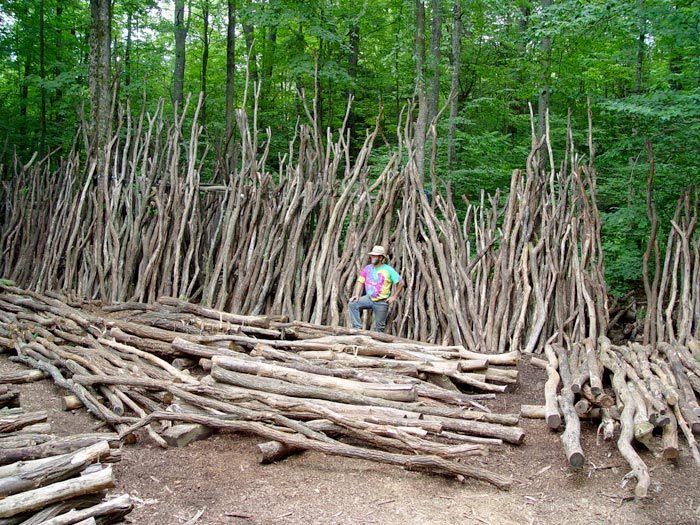Black Locust : Natural History and Early Human Use
The original habitat of the black locust primarily included southern Appalachia and the Ozarks, where it was used heavily by the Cherokee tribes for the creation of bows, nails, and other tools. Early settlers soon caught on to the tree’s incredible strength and resilience to rot, and began to spread black locust trees and use them for the baseboards, fence posts, wooden nails. In fact, the black locust was so widely used it was the first tree to be imported from North America to Europe in 1601 by Jean Robin, the royal chief gardener of Paris (This is also where the genus name Robinia comes from). From there, the trees have spread across much of Europe, with a particularly strong presence in Hungary.
While naturally occurring black locust is usually fairly curved and twisted, with selective breeding ship makers in New England cultivated tall straight black locust crops to create sturdy masts for ships, as well as fence posts for pastures and farms. Black locust was ideal for this because of its strength, resiliency to rot, and its relatively fast growth time (most black locust trees are prime to harvest when they’re around 20 to 30 years old).

